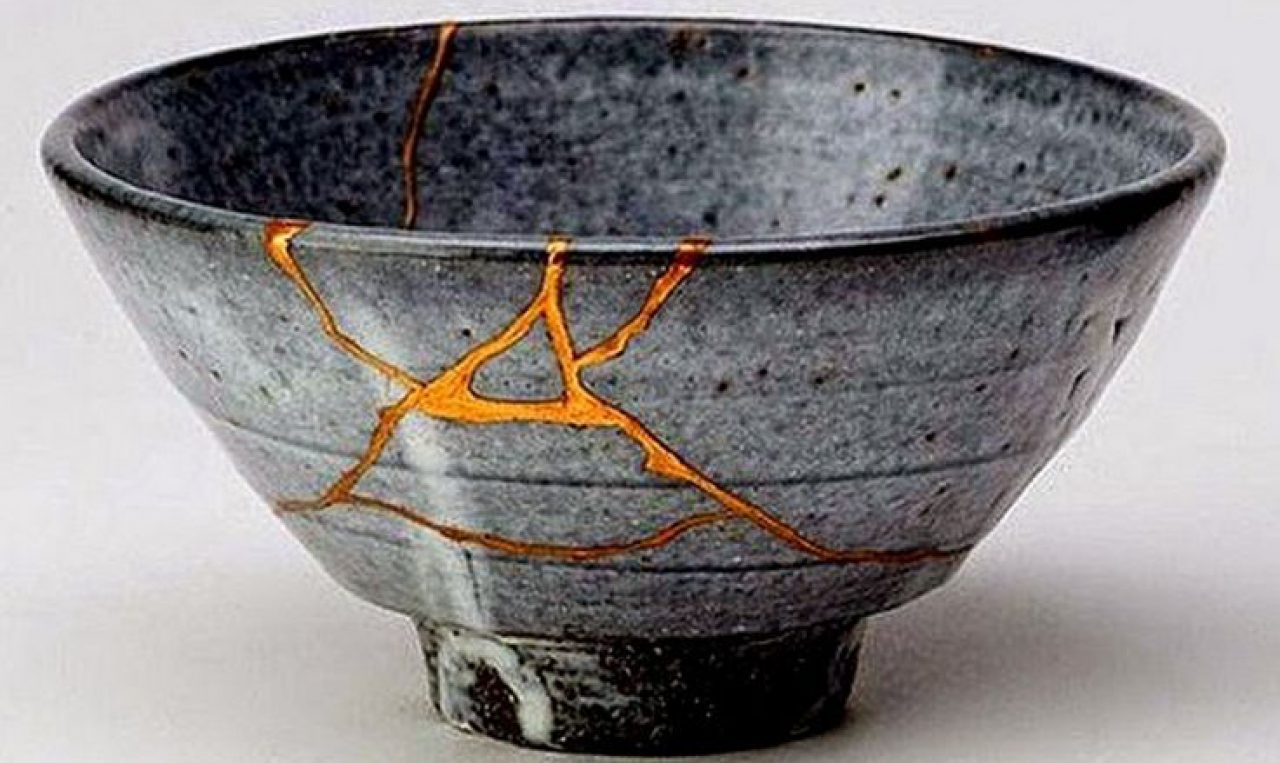Think of a famous inventor. Easy, right? Let’s see there’s: Thomas Edison, Alexander Graham Bell, Benjamin Franklin, Eli Whitney; the list goes go on and on. Now, think a famous repairman or conservator. Not a single one comes to mind, am I right? But, why is that?
Elizabeth Spelman says
In any event, repair is necessary because – theological views aside – we are manifestly imperfect creatures in an imperfect world (136).
Creation and repair are both imperative and important but yet, one gets a little more of that limelight. As humans, we are constantly adapting to new environments, advancing in the sciences, and changing to satisfy our wants. Therefore, new things are created but old things must also be mended to last a little bit longer.
At a young age, you learn about who invented the telephone in history class or who created the number system in math class and as you grow older, more developers and designers are introduced. Do you ever hear about those who restore our beloved monuments or conserve our national parks? As humans, we don’t like the fact that we have flaws; we like to be perceived as being under control and strong enough to take care of ourselves. We cannot repair without knowing what needs repairing; we must evaluate and see where something went wrong.
When we finally determine what needs fixing, we have to decide if fixing is required or if keeping it in its state of brokenness is more appropriate. Spelman says,
But sometimes no kind of repair is appropriate precisely because the successful repair of any kind would destroy the object in question (132).
To repair, you must destroy. Some would rather keep the object shattered than destroy it again, in order for it, to be fixed once more. In a sense, repairers are destroyers and creators are creators. The definition of the word destroy is to cause (something) to end or no longer exist, to cause the destruction of (something), or to damage (something) so badly it cannot be repaired [merriam-webster.com]. Creating and destroying are opposites; creating has a positive connotation while destroying does not. Repairers don’t receive as much publicity because they cannot repair without destroying and people think of this negatively; creators are contributing to life and bringing something new to the table.
You learn about inventors but not repairers so I’m here to tell you about some. Does the name Lee Iacocca ring a bell? Doubtful, I know. In 1982, President Ronald Reagan appointed him to head the Statue of Liberty – Ellis Island Foundation. With the Statue’s centennial in 1986, this was created to raise funds for renovation and preservation. Without the team of French and Americans who mended holes, removed layers of paint, and replaced rusting iron bars, the Statue wouldn’t look as timeless as it does today. (https://www.nps.gov/stli/learn/historyculture/places_restoring.htm). The Statue of Liberty is recognized as a universal symbol of freedom and democracy that mean so much to so many people. Thanks to the work of the countless architects, engineers, and conservators, it can continue to give hope to others.
Walking down D.C.’s streets on a cool April day, I look up to see scaffolding surrounding the United State Capitol Dome. With this being my first time in the nation’s capital, I was surprised to see a less than perfect building. It didn’t look like the google images that come up when you hit enter or the almost-too-beautiful images you see in movies. Spelman says,
There are people or beings or processes by which or through which things are created, come into existence. Those things are bound to decay or break or disintegrate (127).
Over time, it is impossible for anything to stay in the same state as that when it was first created. The Dome is no exception. Have you ever heard of Stephen T. Ayers? He is the Architect of the Capitol who was approved for a multi-year repair project to restore the Dome to its original glory. Due to the hard work of the many employees assigned to this job, this symbol of American democracy and one of the world’s most famous architectural icons can be rid of the damages due to time and weather. (https://www.aoc.gov/dome/project-overview)
Inventors are important but so are repairers. As humans, it is hard to talk about and ultimately accept that we are imperfect beings. We must shed light on those who keep what’s important to us in tip-top shape, whether that is physically or emotionally and tangible or not. Repair cannot be done with destroying and that can be scary to think about.
